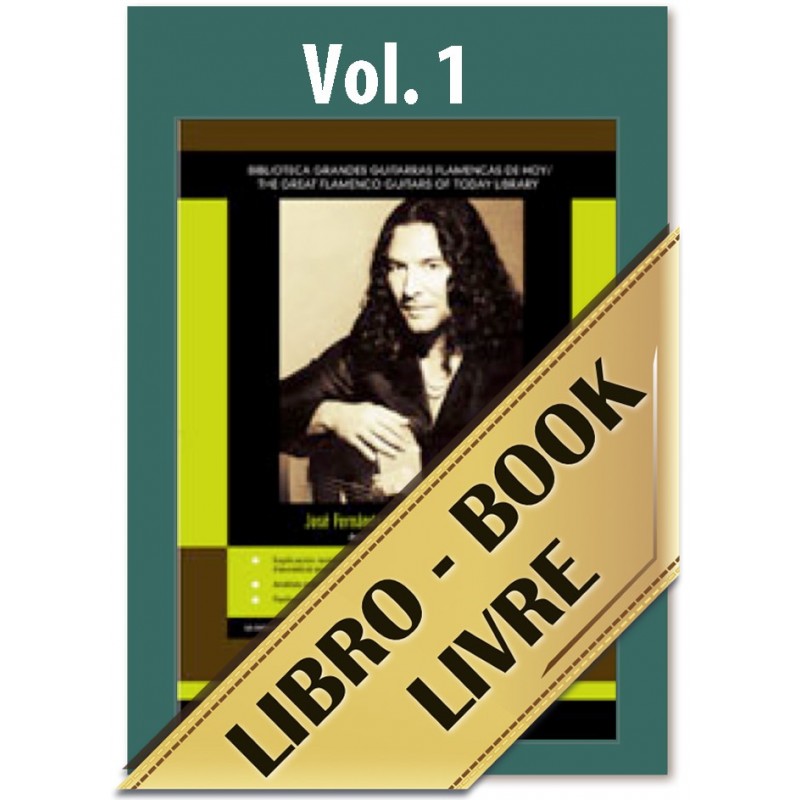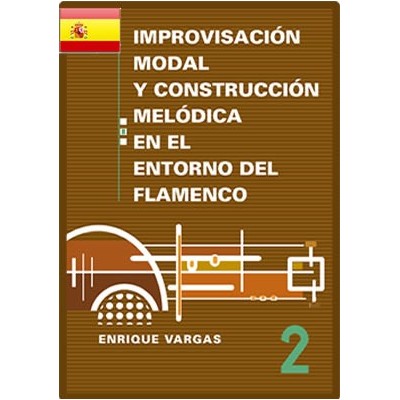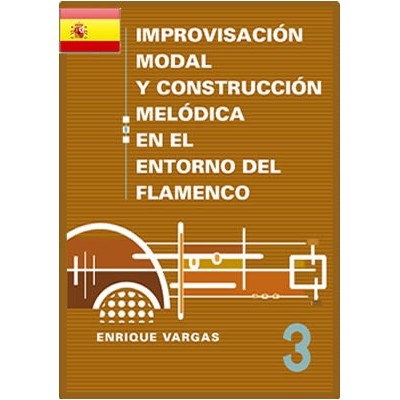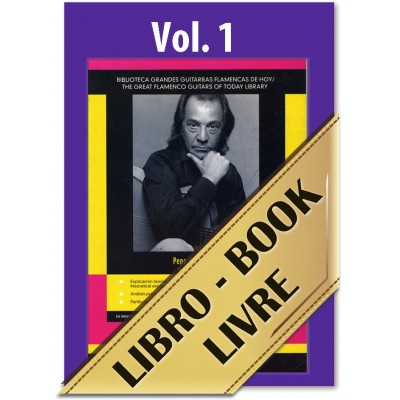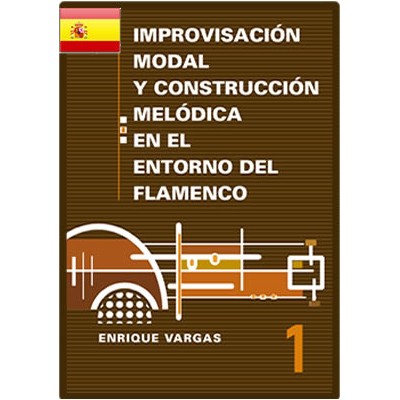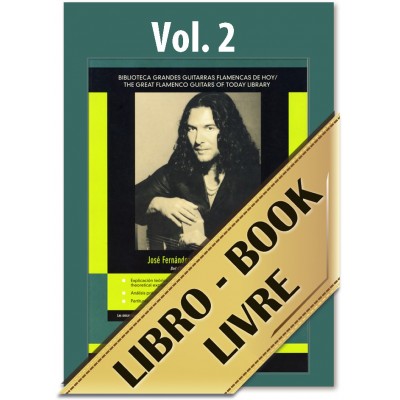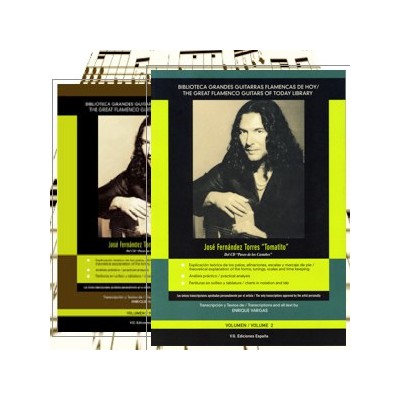"Paseo de los Castaños" Volumen 1 (book)
“The transcriptions of my music done by Enrique Vargas are the only ones approved by me personally” José Fernández Torres “Tomatito”
The transcription of "Paseo de los castaños” is presented in two volumes that can be purchased separately.
March 2008, 247 pages - ISMN 979-0-801224-30-9
English / Spanish
This volume includes transcriptions, comments and analysis of the following pieces:
Tangos “Pa’ la Pimpi”. These tangos, recorded in an unusual tuning includes a cante verse sung by the guitarist’s daughter, with a complete transcription of the singing melody and the accompaniment.
Soleá “Alquimia”. This soleá reveals an incredible mastery of the jondo (deep) forms by the artist. His playing here is a combination of Gypsy purity and a modern harmonic and melodic language.
Bulerías “Paseo de los Castaños”. The bulerías by Tomatito are incomparable. Played with otherworldly feel and sense of rhythm, this palo has become Tomatito’s trade mark.
Bolero “Aire de tango”. This bolero is a duo of Tomatito’s guitar and a violin by Bernardo Parrilla. The violin part has been transcribed to the smallest detail and can be interpreted by a guitar or any instrument you may wish to chose.
Rumba “La vacilona”. This rumba, with a strong influence of Cuban son and Brazilian samba is a duel of powerful guitars by Benson and Tomatito. All the solos and accompaniment have been transcribed entirely. This piece can be interpreted by a single guitar or a duo.
Each volume includes:
Transcription of each piece in notation and tab with complete both hands fingerings
History of the form
Flamenco modes, chords and tonalities
Compás, palmas and foot marking, which is essential for understanding of flamenco rhythms and, nevertheless, is never spoken about in flamenco manuals.
Analysis of the most difficult falsetas with explanations and advice as to technical execution.
List of generic rasgueados.
Glossary of flamenco terminology
The symbols used in flamenco writing.
No customer comments for the moment.

